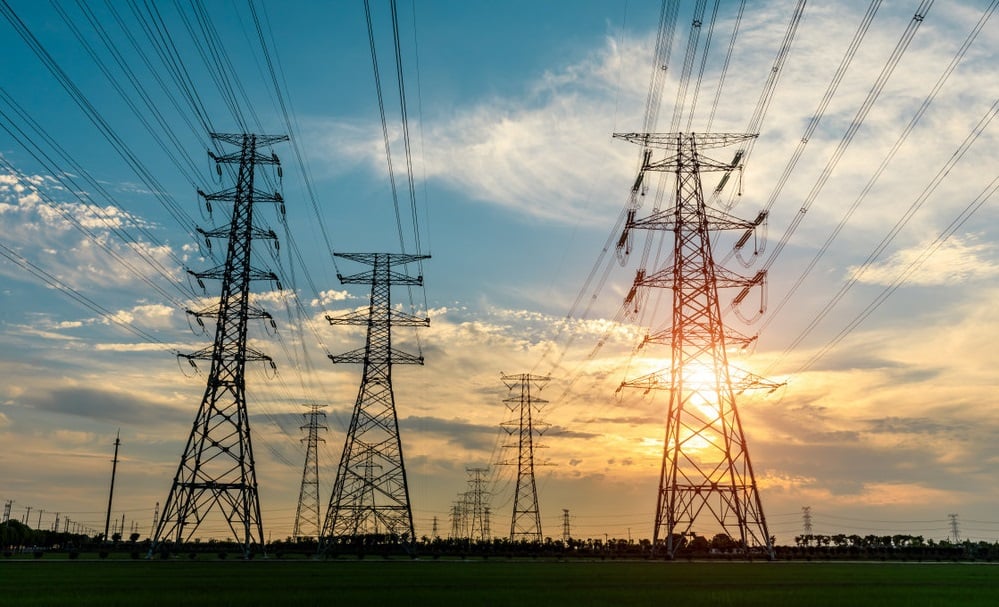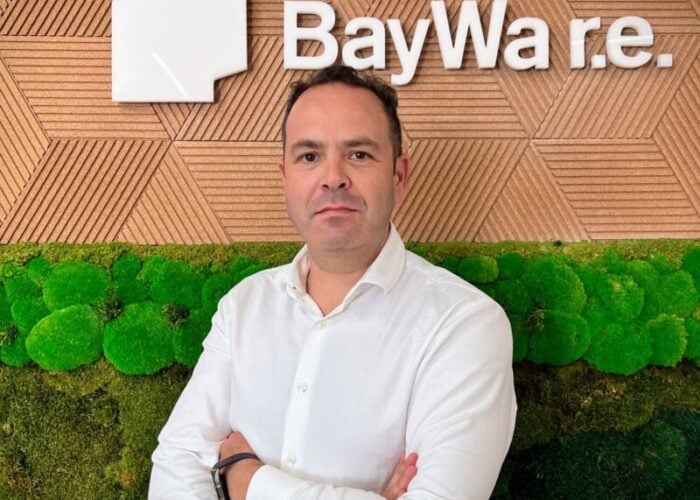
US energy provider Avangrid has adopted a new transmission monitoring technology to increase its available renewable energy capacity in New York State.
Itself a subsidiary of Spanish energy major Iberdrola, Avagrid will partner its utility company New York State Gas & Electric with transmission software solutions company LineVision to monitor real-time data on its overhead transmission lines in the Hornell area of New York State. This, it said, would reduce grid congestion and potentially open up more renewable energy capacity.
Unlock unlimited access for 12 whole months of distinctive global analysis
Photovoltaics International is now included.
- Regular insight and analysis of the industry’s biggest developments
- In-depth interviews with the industry’s leading figures
- Unlimited digital access to the PV Tech Power journal catalogue
- Unlimited digital access to the Photovoltaics International journal catalogue
- Access to more than 1,000 technical papers
- Discounts on Solar Media’s portfolio of events, in-person and virtual
Or continue reading this article for free
LineVision’s non-contact LiDAR sensors will be installed on two transmission lines; one from Elma in Erie County to Strykersville in Wyoming County, and the other from Warsaw to Perry (both in Wyoming County).
The company said that real-time data allows for greater flexibility in the amount of power flowing through transmission lines, rather than relying on fixed capacity based on estimated weather conditions. Actual data reflecting weather, temperature and sag on the lines in real time can allow for increased carrying capacity before needing to commit to large grid infrastructure upgrades, it said.
PV Tech Premium published a feature examining the role of AI monitoring in solar grid connectivity last week. It highlighted the importance of grid optimisation to the rollout of renewable energies.
Hudson Gilmer, CEO and co-founder of LineVision said: “By multiple accounts, we must double the size of the power grid to have any hope of meeting critical climate goals. Our technology has helped our utility customers identify between 25-40% additional capacity on existing lines which helps accelerate a transition to renewables.”
Under its Climate Leadership and Community Protection Act (CLCPA), New York is aiming to reach 70% renewable energy by 2030. Part of this goal requires upgraded transmission and distributed energy infrastructure, according to the Department of Public Service. In February, the state government approved US$4.4 billion in transmission upgrades with the potential to add 3.5GW worth of new renewables capacity.
Earlier this month, the Interstate Renewable Energy Council (IREC) released an update to its Model Interconnection Procedures, highlighting best practices for US interconnection and allowing for cost-effective and efficient project development.







